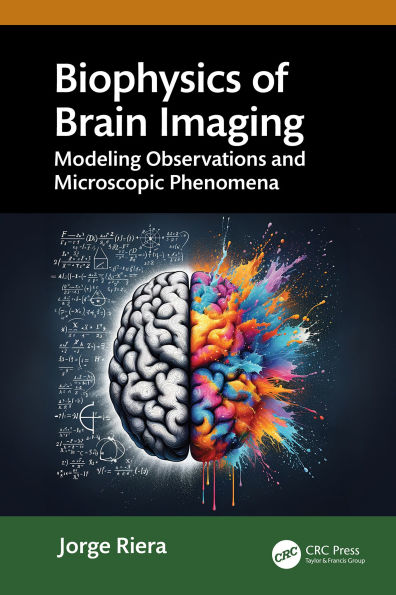This book takes a multiscale overview and theoretical framework for all existing brain imaging modalities. It also presents technological development for data fusion and underlying biophysical models. The book also provides problems and exercises useful for undergraduate and graduate courses.
Biophysics of Brain Imaging is broken up into 3 parts. Part 1: Modeling Observations and Microscopic Phenomena provides the physical and physiological foundation of all brain imaging modalities. Part 2 (Edited): Measuring and Modeling Emergent Mesoscopic Phenomena examines recording techniques and biophysical models used today to represent the mesoscale of the brain, the voxel. Part 3: Hypothesis Testing and Applications discusses methods to analyze brain imaging data and their applications to evaluate signatures in a variety of diseases, e.g., epilepsy, AD, and migraine.
This book is intended for undergraduate and graduate level students in Computational Neuroscience, Medical Imaging, Electrophysiology, and Brain Data Analysis and Modeling courses.
Figure slides are available to adopting professors.
This book takes a multiscale overview and theoretical framework for all existing brain imaging modalities. It also presents technological development for data fusion and underlying biophysical models. The book also provides problems and exercises useful for undergraduate and graduate courses.
Biophysics of Brain Imaging is broken up into 3 parts. Part 1: Modeling Observations and Microscopic Phenomena provides the physical and physiological foundation of all brain imaging modalities. Part 2 (Edited): Measuring and Modeling Emergent Mesoscopic Phenomena examines recording techniques and biophysical models used today to represent the mesoscale of the brain, the voxel. Part 3: Hypothesis Testing and Applications discusses methods to analyze brain imaging data and their applications to evaluate signatures in a variety of diseases, e.g., epilepsy, AD, and migraine.
This book is intended for undergraduate and graduate level students in Computational Neuroscience, Medical Imaging, Electrophysiology, and Brain Data Analysis and Modeling courses.
Figure slides are available to adopting professors.

Biophysics of Brain Imaging: Modeling Observations and Microscopic Phenomena
314
Biophysics of Brain Imaging: Modeling Observations and Microscopic Phenomena
314Related collections and offers

